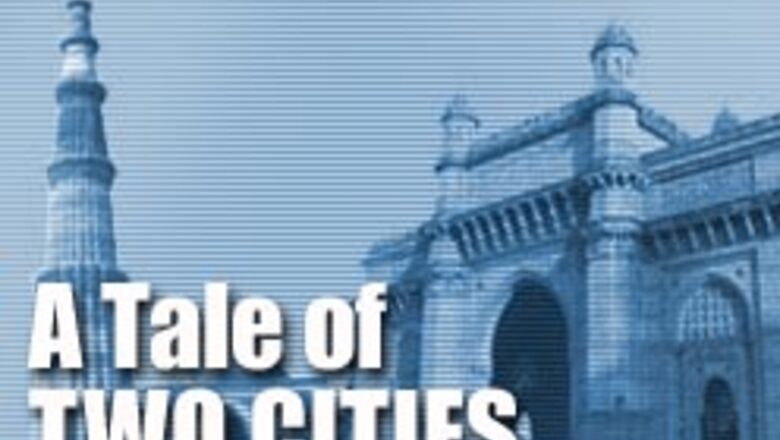
views
New Delhi: The Forbes' 2005 top 40 India rich list listed four Mumbaikars – Reliance's Anil and Mukesh Ambani, Birla scion Kumaramangalam Birla and construction baron Pallonji Mistry among India's richest.
However, only two Delhiites – DLF top man Kushal Pal Singh and Airtel's Sunil Mittal - made it to the list.
But if that makes you think that the Capital has lost the battle for moolah to the commercial capital, you couldn’t be farther from reality.
A study done by the National Council of Applied Economic Research (NCAER) shows how the number of the super rich in the metros across the country is increasing.

The survey presents some interesting facts on the income and expenditure patterns of the cities of Delhi and Mumbai and if it is anything to go by, then India’s political capital has outdone India’s commercial capital in terms of sheer fortune.
For Delhi, it is no longer about just being the preferred destination of the great Indian middle class. Times have changed and so has the per capita income.
Not to forget the expenditures. It’s the emergence of the great Delhi rich class that has also made the Delhiitte India’s consumerist no.1.
According to NCAER, Delhi tops the charts as the metro city with the highest average household income and expenditure and is home to the maximum number of rich and very rich.
According to the survey, Indians have started earning considerably more in the past decade. According to the projections in the survey, the percentage of Indians earning more that Rs one lakh per annum has risen by eight per cent from 1995-96 to 2001-2002 (from 72 per cent to 80 per cent).
Estimates have it people in this income group would rise to nearly 49 per cent of Indian population by the end of this decade.
PAGE_BREAK
The impact is best reflected in the metros where the standards of living have improved considerably.
Delhi’s Richie-Rich
Mumbai may be the financial and commercial capital of the country, but Delhi beats the Bollywood city in the number of crorepatis.

While Delhi has 5,085 households boasting of Rs one-crore plus income, Mumbai has 4,439.
In fact during the economic slowdown of 1998-99 to 2001-02, when most Indian cities saw a fall in the rate of growth (from 51 per cent to 20 per cent), Delhi, being more of a business hub than a manufacturing city, interestingly remained immune and rather saw an increase in the rate of growth of super rich households (from 14 per cent to 29 per cent).
Consumer is the Capital’s king
But trust Delhiites to be not very modest about their success. The research shows that when compared to Mumbai, Delhiites spend more on cars and washing machines, indicating the noveau riche attitude 'flaunt it, if you have it'.
Delhi’s rich also score high on the consumerist meter. The city is known as much for its outdoor eating habits and fast-food culture as it is for being home to some of the most expensive organic food outlets.
PAGE_BREAK
But while the total expenditure figures are higher in Delhi, in the high-end income groups, Mumbai spends more than Delhi.
‘Have fortune, will flaunt’
But Delhi's flaunt culture is missed by many eyes.
Ad guru Alyque Padamsee feels that the Punjabi attitude is "buy, buy, buy and show off, show off and show off.

A Delhi crorepati needs to show that he has arrived. He must drive a Mercedes whereas a Mumbai crorepati will have no problems driving an Indica or an Optra." But that surely doesn't make a difference to corporates who are more than happy to cater to the Delhi's rich's demands.
Maybe, the culture has now been accepted socially too. As Padamsee adds, "Punjabis are wonderful outgoing people who love to eat out and slap each other on the back, whereas Maharashtrians are more inward and laid back. It's just a difference of culture."
Ad honcho Dilip Cherian, however has different reasons to state. "The show off culture is present but there are factors more relevant. The post partition generation, which was reluctant to spend earlier, has reached a certain comfort level. Now we have a new generation of inheritors whose parents never spent much. Also access to high quality goods and services has increased in the city."
PAGE_BREAK
Mumbai’s business, Delhi’s pleasure
So what makes Delhiites spend more? Rajesh Shukla, senior fellow, NCAER, attributes the reason to the availability of more consumption opportunities in India.
"In Delhi, the rich have a lot of ways to spend money – food, education, fashion, recreation, socializing parties and so on. Though all of it is present in Mumbai too, the variety is much more here."

He further adds, "In Mumbai, they have more investment opportunities as compared to Delhi. So while the rich spend their money on consumption here, there they spend it on investment."
Show me the money, honey
According to Dilip Cherian, it's mainly due to the growth of opportunities here. "There is a definite increase in the level of broking opportunities – we now have a large number of farm dealers and land dealers. The export sector has also grown manifold, not to forget the growth of corporates leading to the emergence of a large number of professionals."
PAGE_BREAK
But Rajesh Shukla attributes the income earned to a job well done. " Punjabis are very devoted in whatever they do, be it agriculture or business. Post partition, when they received government's support, they worked hard with all their zeal. They are very good at time utilization and now all of them are financially well off. There are very few poor Punjabis in Delhi."
And the argument continues. Though Delhi beats Mumbai in the last NCAER report released in 2001-02, the survey report for the next four years is due by the end of 2006.
A Delhi crorepati spends at least 1/4th of his income and saves the remaining. It’s all about living-it-up. He enjoys life to the hilt – spends a fortune on foreign trips, business trips, luxury vacation and parties. He has the best household equipment, wheels and gadgets, most of them imported. He spends a lot on socialising, and maintaining his social status and business relations. To keep up with the times, he has to frequently upgrade his car, mobile and other luxury items to the latest models. – Rajesh Shukla
(Data and graphs courtesy NCAER)










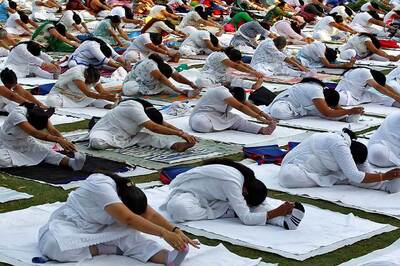

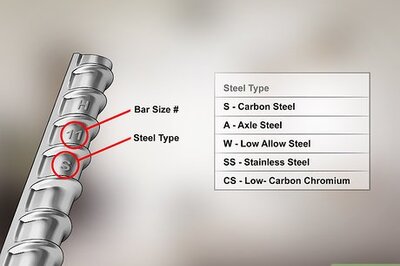

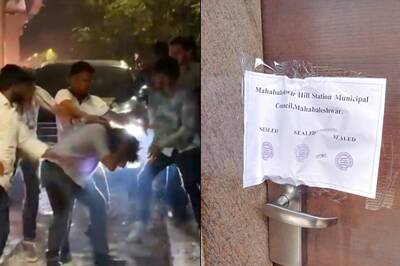
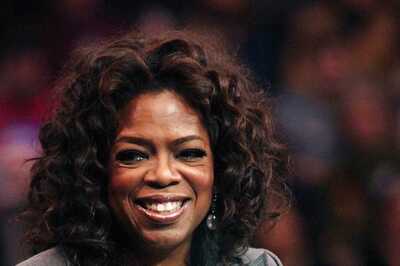


Comments
0 comment